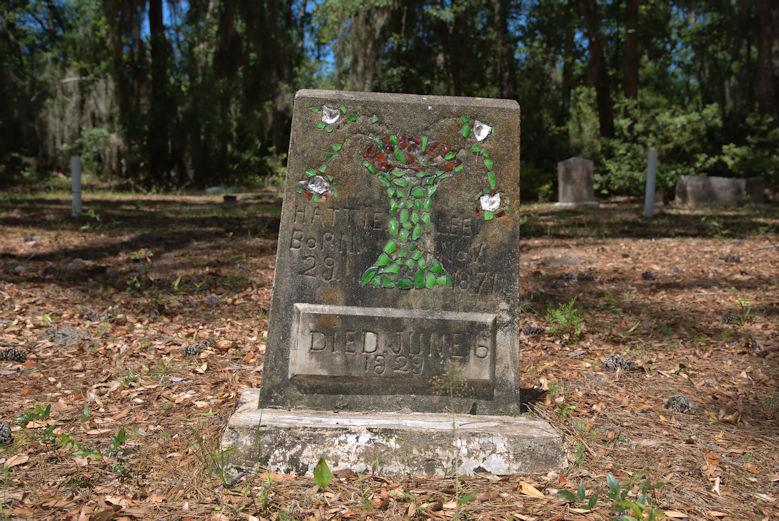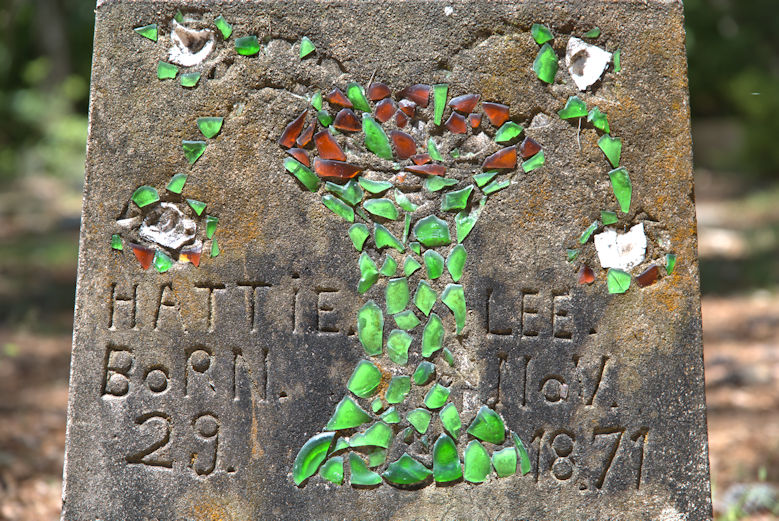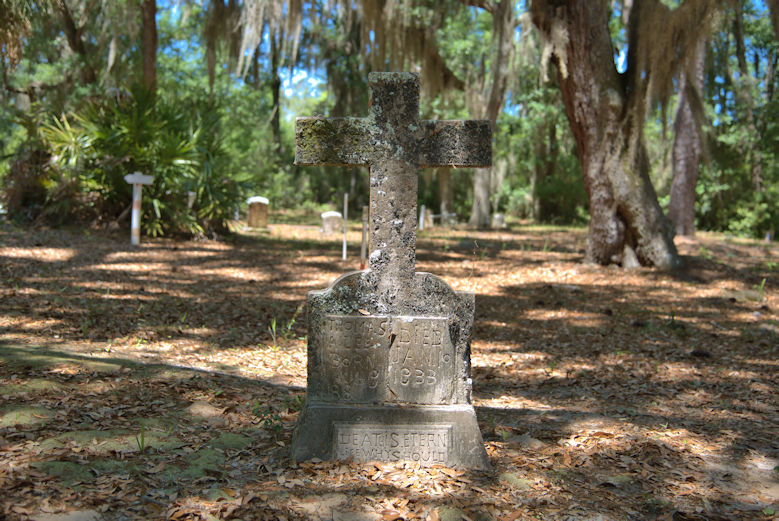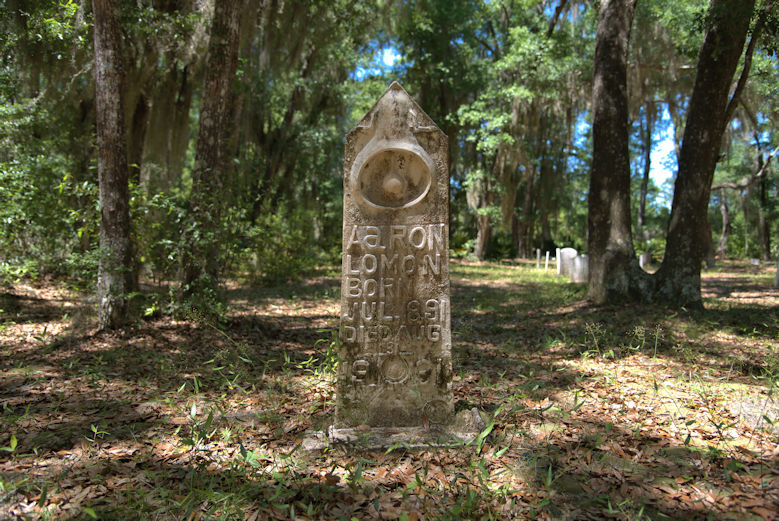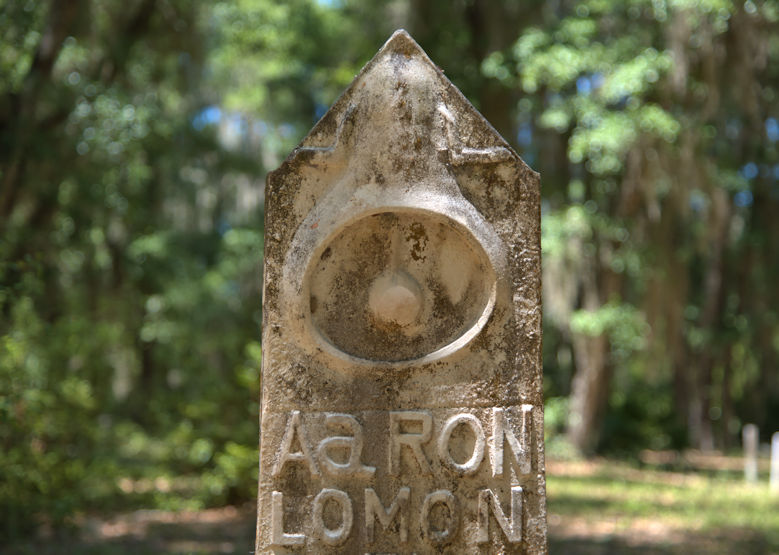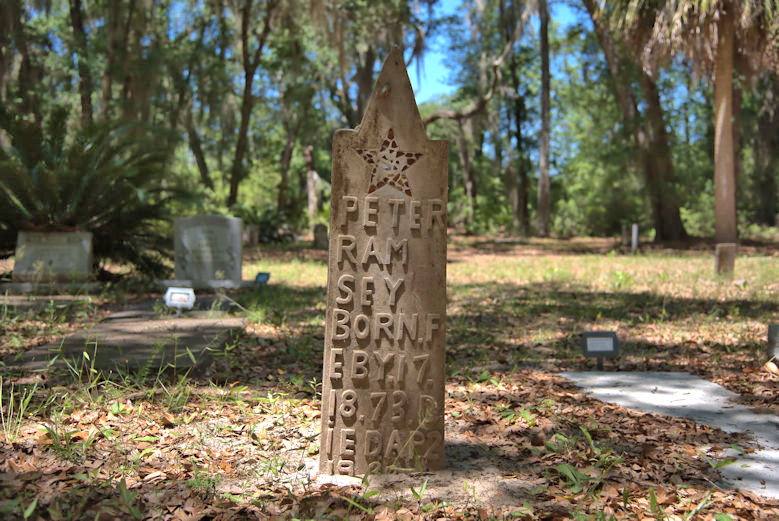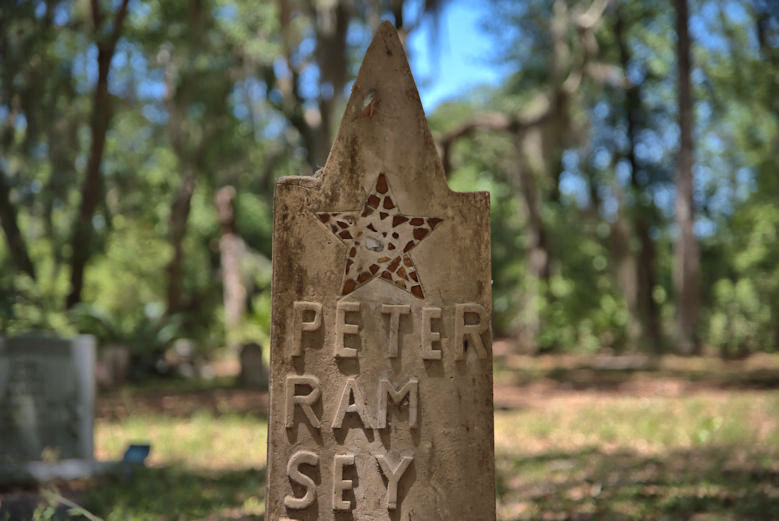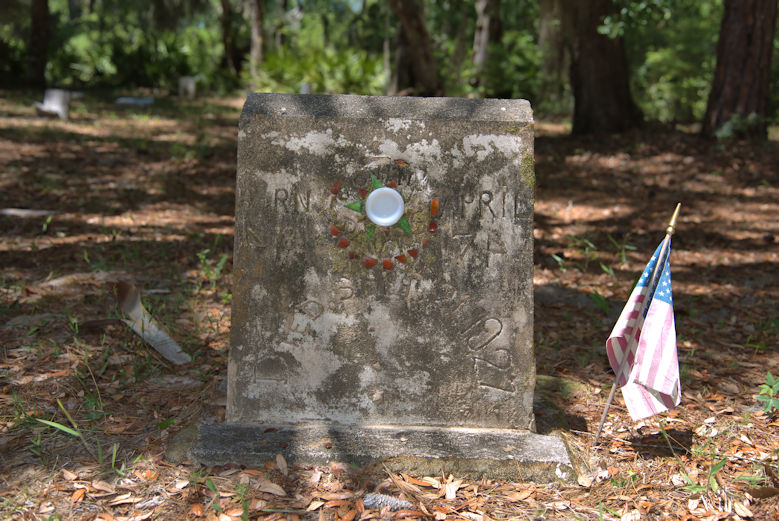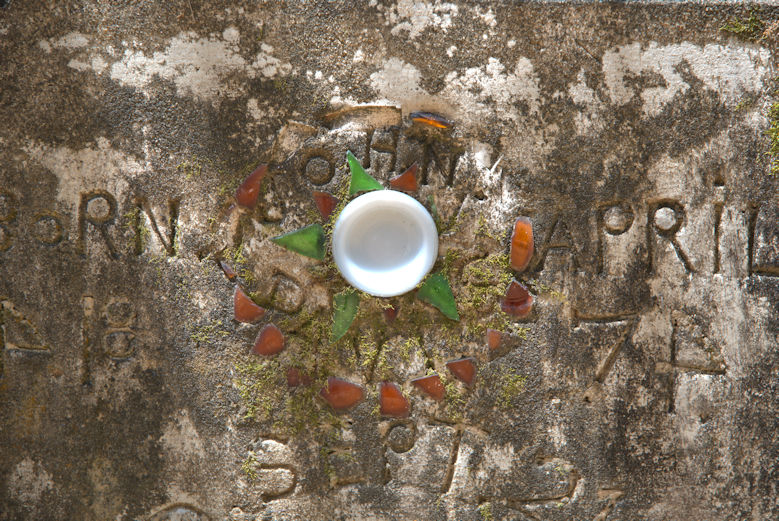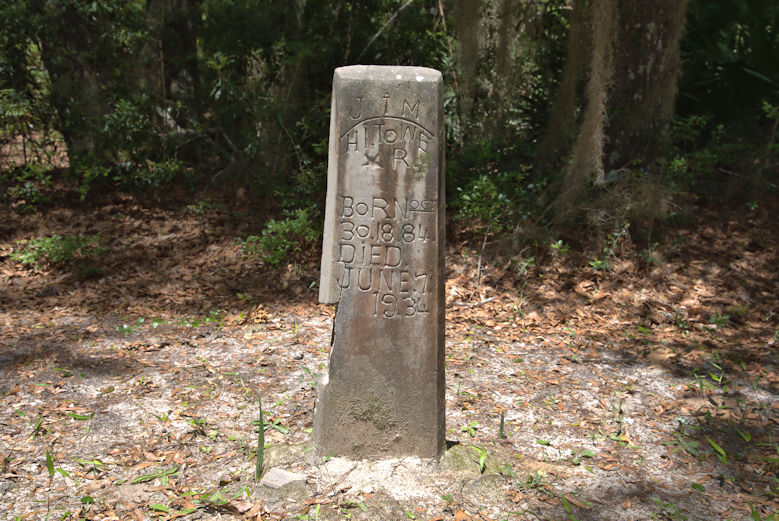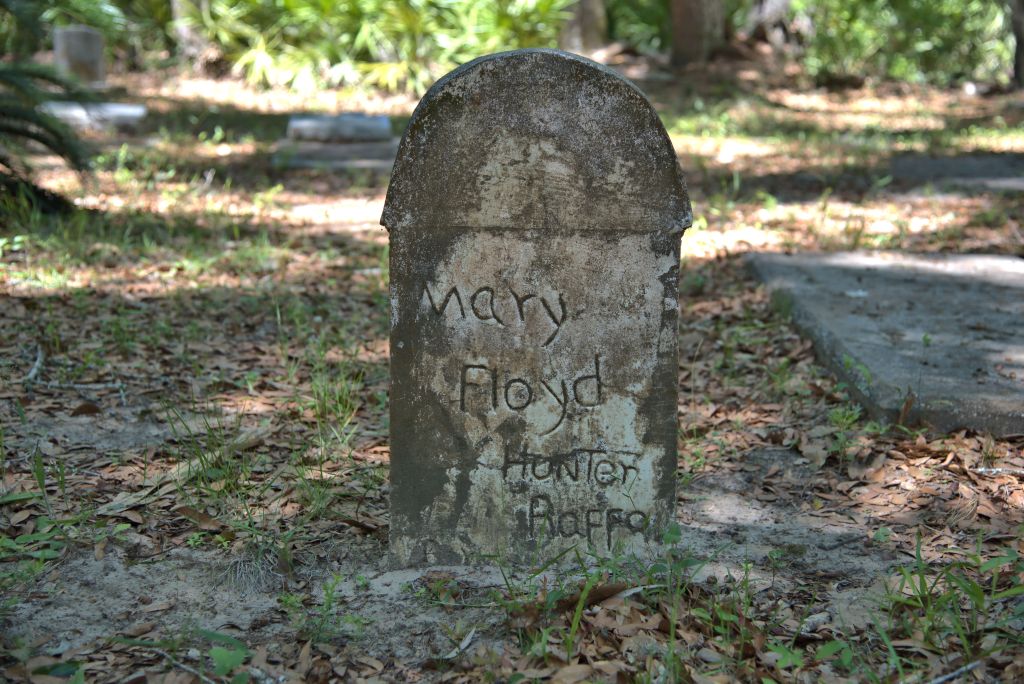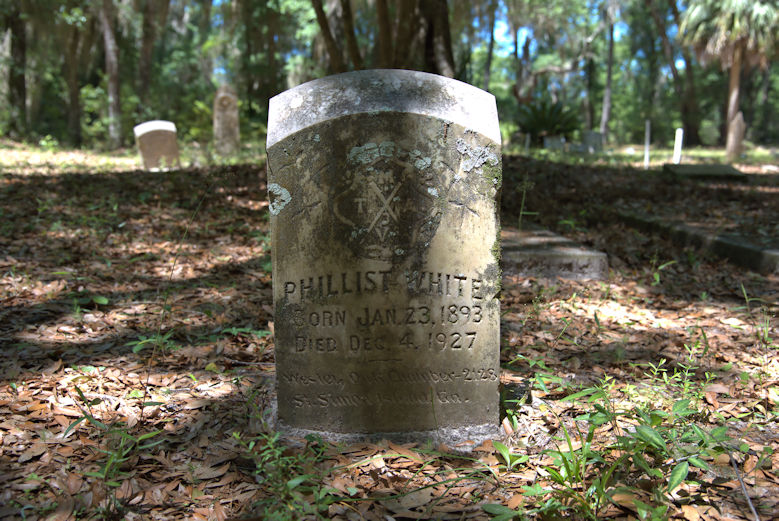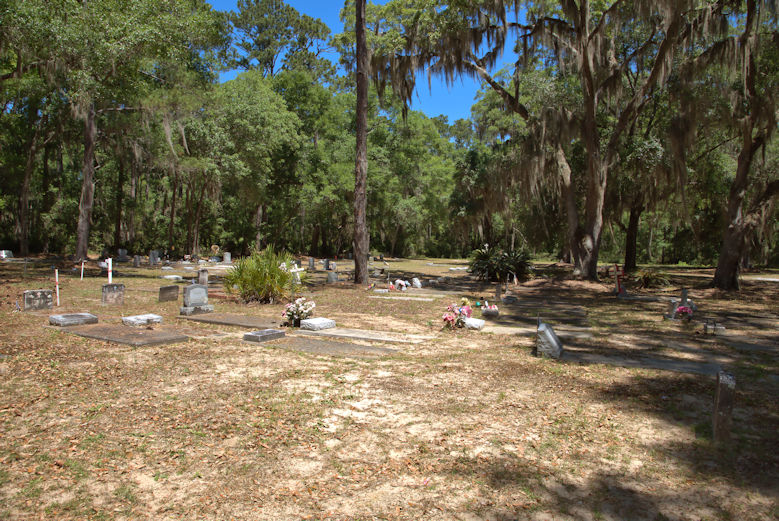
The sacred ground on St. Simons known as Village Cemetery is one of the most important African-American burial grounds in Georgia. Closely watched over and maintained by the First African Baptist Church of St. Simons, it is the final resting place of countless souls who worked nearby plantations from the early 19th century to Emancipation, and their descendants. It should be noted that until World War II, and perhaps a bit later, African-Americans were much more numerous on St. Simons, living in various historical communities scattered around the island.
I found the cemetery by accident and was so moved by its beauty that I felt an urgency to document its most important monuments. Though there are countless unmarked and unknown burials, the oldest surviving section of the cemetery contains numerous vernacular headstones. These nationally significant treasures represent the resourcefulness and perhaps shed light on some of the traditions of the first and second generations of freedmen who remained on the island after emancipation. In early 19th century Georgia, slave burials were decorated with the last object used by the deceased. It is likely that the decorated graves in Village Cemetery are a continuation of that tradition. The cemetery is active so modern headstones and markers are also present.
I hope that the church or others with more knowledge of the cemetery’s history will work to have it listed on the National Register of Historic Places. A survey was published by the Golden Isles Archaeology Society in 2000 and the cemetery has been documented on Findagrave. I am unable to share the location of the cemetery but those interested may wish to contact the First African Baptist Church.
Vernacular Monuments of Village Cemetery
